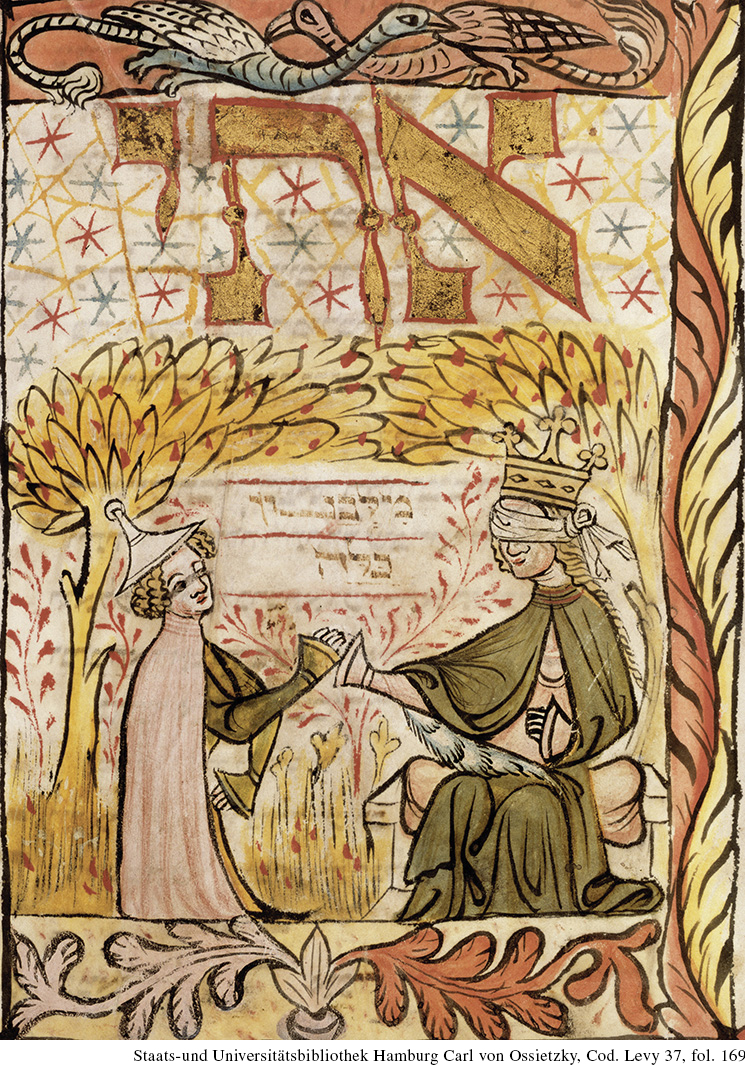Innocent III and the Fourth Lateran Council
Innocent III and the Fourth Lateran Council
Innocent III (r. 1198–1216) was the most powerful, respected, and prestigious of medieval popes. As pope, he allowed St. Francis’s group of impoverished followers to become a new church order, and he called the Fourth Crusade, which mobilized a large force drawn from every level of European society. The first university-trained pope, Innocent studied theology at Paris and law at Bologna. From theology, he learned to tease new meaning out of canonical writings to magnify papal authority: he thought of himself as ruling in the place of Christ the King, with kings and emperors existing to help the pope. From law, Innocent gained his conceptions of the pope as lawmaker and of law as an instrument of moral reformation.
Innocent used the traditional method of declaring church law: a council. Presided over by Innocent, the Fourth Lateran Council (1215) attempted to regulate all aspects of Christian life. Its comprehensive legislation aimed at reforming both the clergy and the laity. Those attending the council expected Christians, clerical and lay alike, to work together harmoniously to achieve the common goal of salvation. They did not anticipate either the sheer variety of responses to their message or the persistence of those who defied it altogether.
For laypeople, perhaps the most important canons (church laws) of the Fourth Lateran Council concerned the sacraments, the rites the church believed Jesus had instituted to confer sanctifying grace. For example, Fourth Lateran required Christians to attend Mass and to confess their sins to a priest at least once a year. It also precisely defined the sacrament of the Eucharist: “[Christ’s] body and blood are truly contained in the sacrament of the altar under the forms of bread and wine, the bread and wine having been changed in substance [transubstantiated], by God’s power, into his body and blood.” The word transubstantiated was meant to explain how the Eucharist could look like bread and wine even though it had been transformed during the Mass into Christ’s body and blood.
Other canons concerned marriage. The church declared that it had the duty to discover any impediments to a union (such as a close relationship by blood), and it claimed jurisdiction over marital disputes. It insisted that children conceived within clandestine or forbidden marriages were illegitimate; they were not to receive inheritances or become priests.

The impact of the council’s provisions was perhaps less dramatic than church leaders hoped. All church laws took effect only when local political powers enforced them. Well-to-do London fathers still included their bastard children in their wills. On English manors, sons conceived out of wedlock regularly took over their parents’ land. Men and women continued to marry in secret, and even churchmen had to admit that the consent of both parties made any marriage valid. Nevertheless, many men and women accepted the obligation to take communion and confess once a year, and priests proceeded to call out the banns (announcements of marriages) to discover any impediments to them.
The Fourth Lateran Council wanted to control Jews as well as Christians. It required all Jews to advertise their religion by some outward sign: “We decree that [Jews] of either sex in every Christian province at all times shall be distinguished from other people by the character of their dress in public.” Eventually Jews almost everywhere had to wear some sign of their second-class status. In southern France and in a few places in Spain, they wore round badges. In England, Oxford required a rectangle, while Salisbury demanded that Jews wear special clothing. In Vienna and Germany, Jews were told to put on pointed hats.
The Fourth Lateran Council’s longest decree blasted heretics: “Those condemned as heretics shall be handed over to the secular authorities for punishment.” If the secular authority did not carry out the punishment, the heretic was to be excommunicated. If he or she had vassals, they were to be released from their oaths of fealty and their lands taken over by orthodox Christians. Church authorities set up a court of papal inquisitors; this court and its activities, later known as the Inquisition, became permanent in 1233.